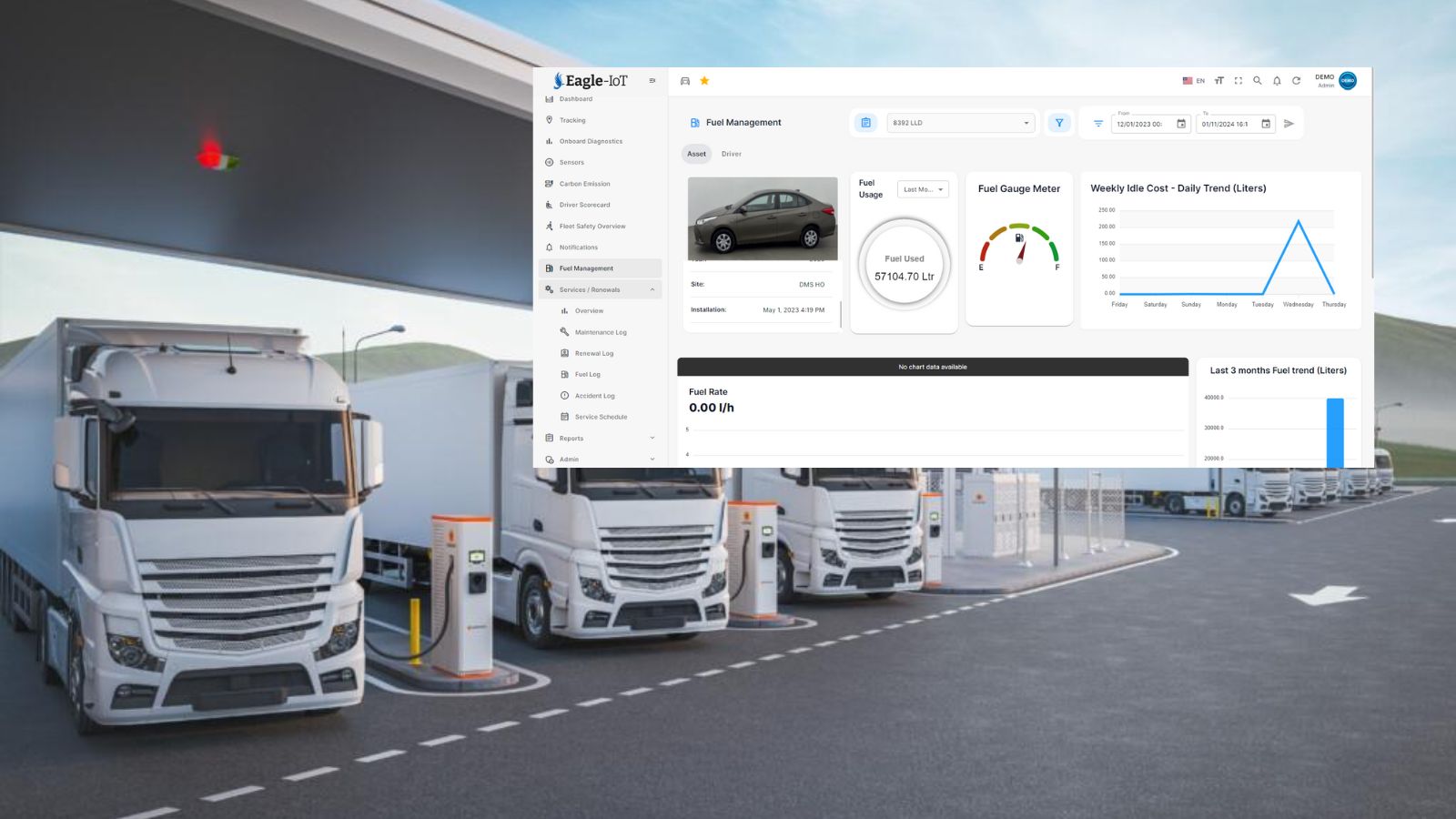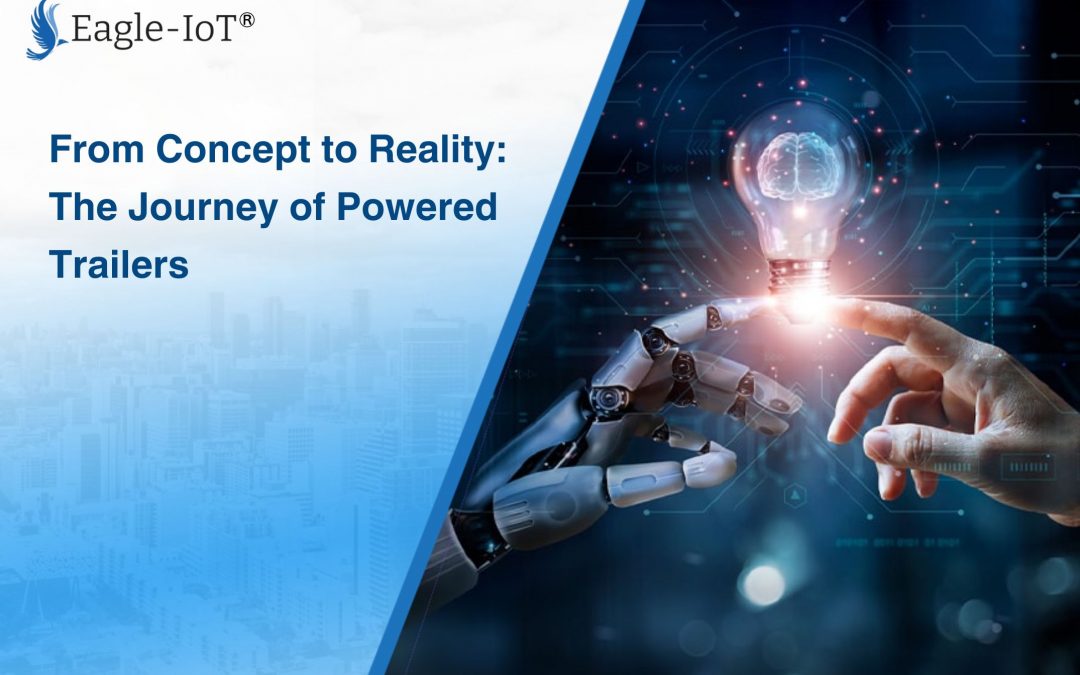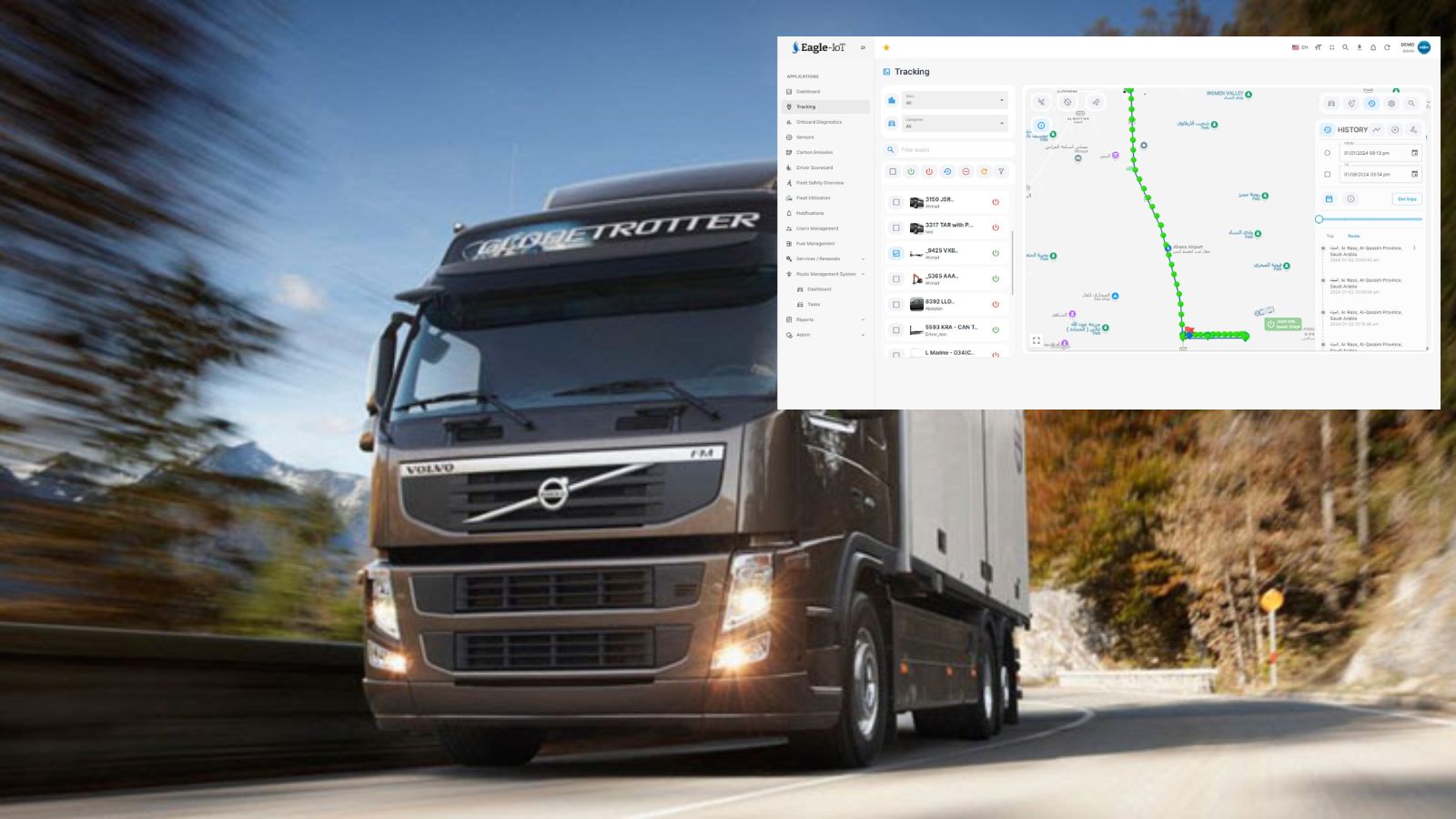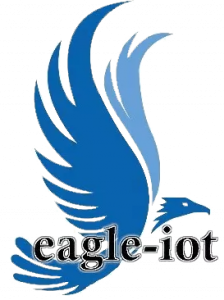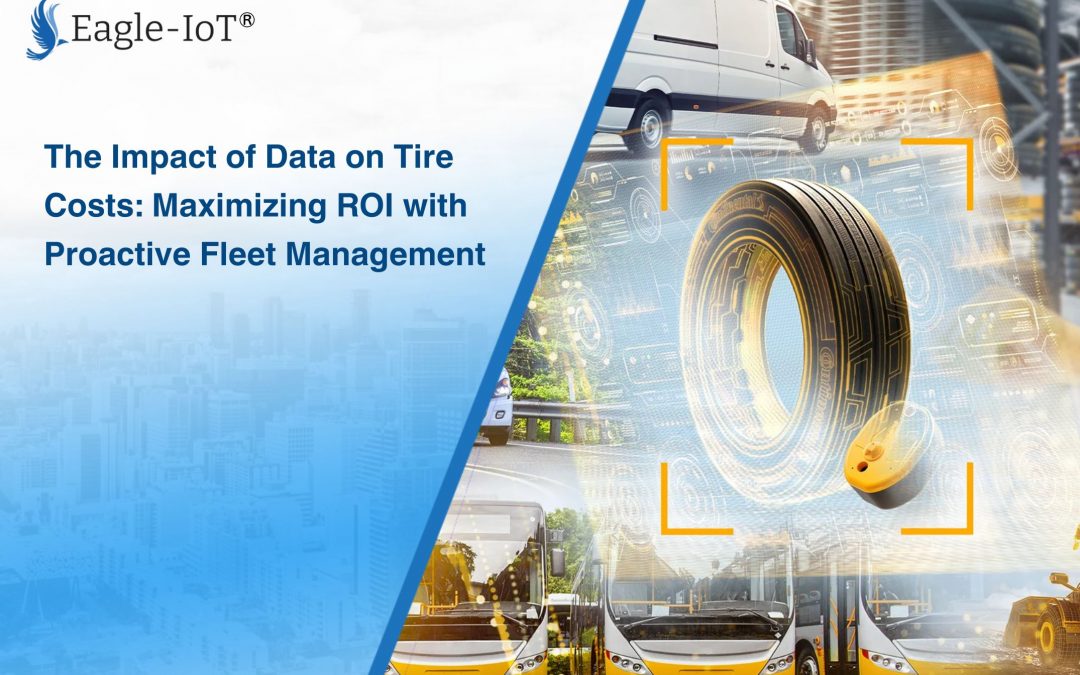
The Impact of Data on Tire Costs: Maximizing ROI with Proactive Fleet Management
Tire costs, a significant contributor to fleet operating expenses, typically range from 4 to 5 cents per mile. While this might seem insignificant, it quickly escalates for fleets traveling hundreds of thousands of miles annually. Cost-conscious fleet managers recognize the urgent need to optimize tire management strategies. To address this challenge, fleets are increasingly turning to data-driven tire management solutions. By leveraging technology, data collection, and analytics, fleet operators can make informed decisions that reduce tire costs, improve safety, and enhance overall operational efficiency. This article explores the critical role data plays in minimizing tire cost per mile and offers insights into the best practices for tire management.
The Significance of Tire Costs in Fleet Operations
Tires are not only a significant expense but also a vital component of a fleet’s performance and safety. Improperly managed tires can lead to increased fuel consumption, reduced tire life, frequent replacements, and even costly breakdowns or accidents. For fleets operating on tight margins, even small inefficiencies in tire management can have a significant impact on profitability. Fleet managers must consider the entire lifecycle of a tire—from selection and installation to maintenance, repair, and eventual replacement. By doing so, they can ensure that they get the most value out of each tire, ultimately reducing the cost per mile. However, achieving optimal tire performance requires more than just regular inspections; it demands a strategic, data-driven approach.

The Role of Data in Tire Management
Data-driven tire management has revolutionized the way fleets monitor, maintain, and optimize their tires. With the advent of maintenance management software, tire monitoring systems, and mobile applications, fleets can now collect real-time data on tire performance, wear, and health. This data, when analyzed properly, can reveal patterns and trends that are crucial for making informed decisions.
Fleet operators can use data to:
- Identify tire issues early, before they lead to costly repairs or replacements.
- Optimize tire replacement schedules based on actual performance rather than arbitrary time intervals.
- Evaluate the performance of different tire brands, models, and types under various conditions.
- Minimize downtime by addressing tire problems before they result in vehicle breakdowns.
- Improve safety by ensuring that tires are always in optimal condition.
These insights enable fleets to reduce their tire costs per mile and maximize the lifespan of their tires, leading to long-term savings and improved operational efficiency.

Key Factors in Minimizing Tire Costs
Several key factors contribute to reducing tire costs per mile, all of which can be enhanced through a data-driven approach. These include:
- Proper Tire Selection
Selecting the right tire for a specific vehicle, route, and driving condition is critical. Fleet managers must consider factors such as load capacity, tread design, durability, and cost when choosing tires. Data from previous tire usage can provide valuable insights into which tires perform best under certain conditions, helping fleets make more informed purchasing decisions. Historical data allows fleet managers to compare the performance and lifespan of different tire brands and models, ensuring they select the most cost-effective option for their needs.
- Regular Maintenance
Routine tire maintenance is essential to extending the life of tires and reducing costs. Data collected from tire monitoring systems can help fleets keep track of tire wear, pressure, and overall health. This allows for proactive maintenance, such as timely rotations, balancing, and repairs, all of which can extend the life of a tire and prevent premature replacements.
Maintenance management software can also track the maintenance history of each tire, providing valuable insights into how often a tire needs servicing and whether certain issues, like underinflation or misalignment, are recurring. By addressing these issues promptly, fleets can avoid unnecessary wear and tear on their tires.
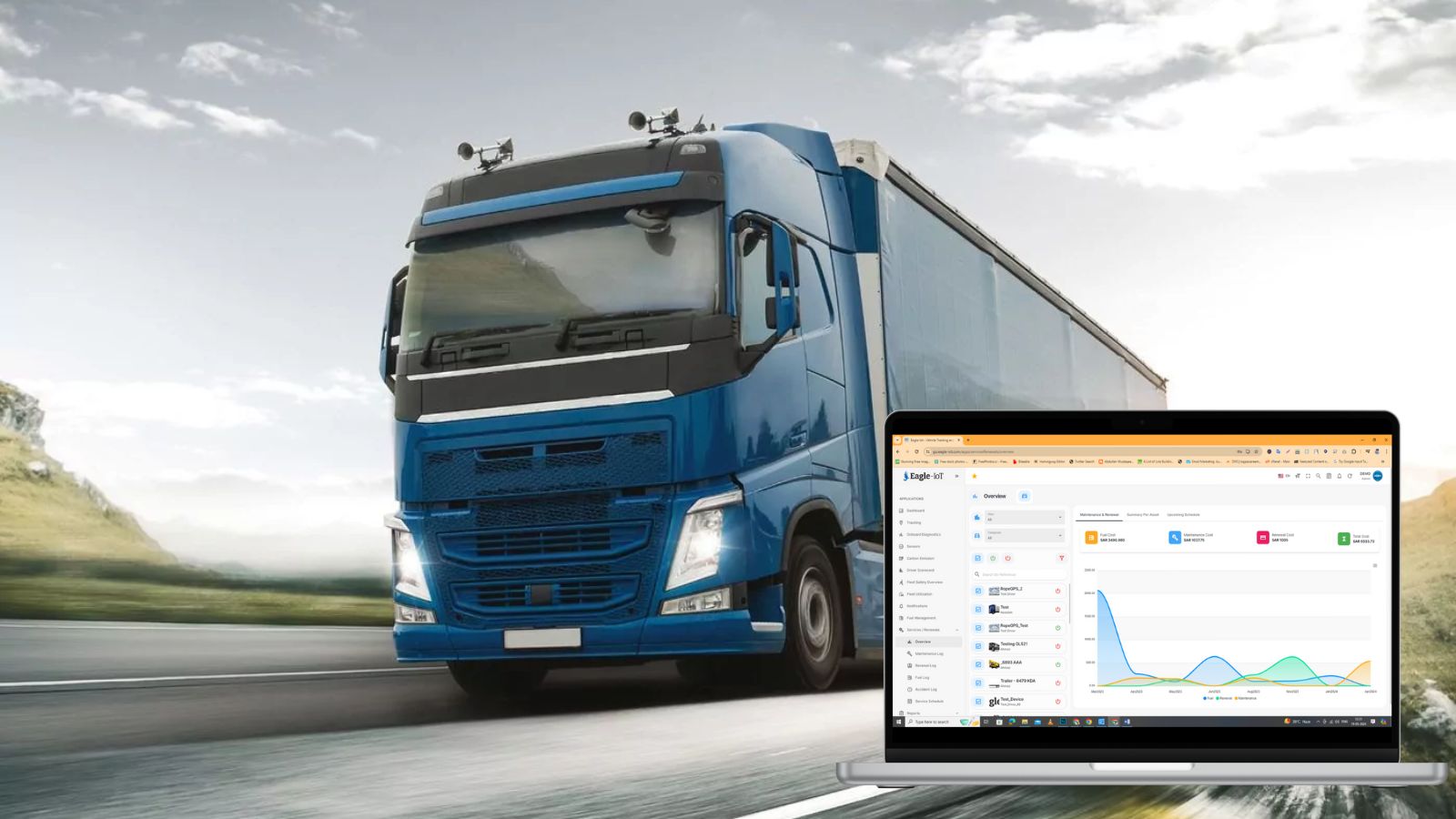
- Tire Inflation Levels
One of the most common causes of tire damage is improper inflation. Both underinflated and overinflated tires can lead to uneven wear, reduced fuel efficiency, and a higher risk of blowouts. Data from tire pressure monitoring systems (TPMS) can alert fleet managers to inflation issues in real-time, allowing them to adjust tire pressure before it causes significant damage.
Maintaining the correct tire inflation levels not only extends the life of the tires but also improves fuel efficiency. According to studies, properly inflated tires can reduce fuel consumption by up to 3%, translating to significant savings for fleets over time.
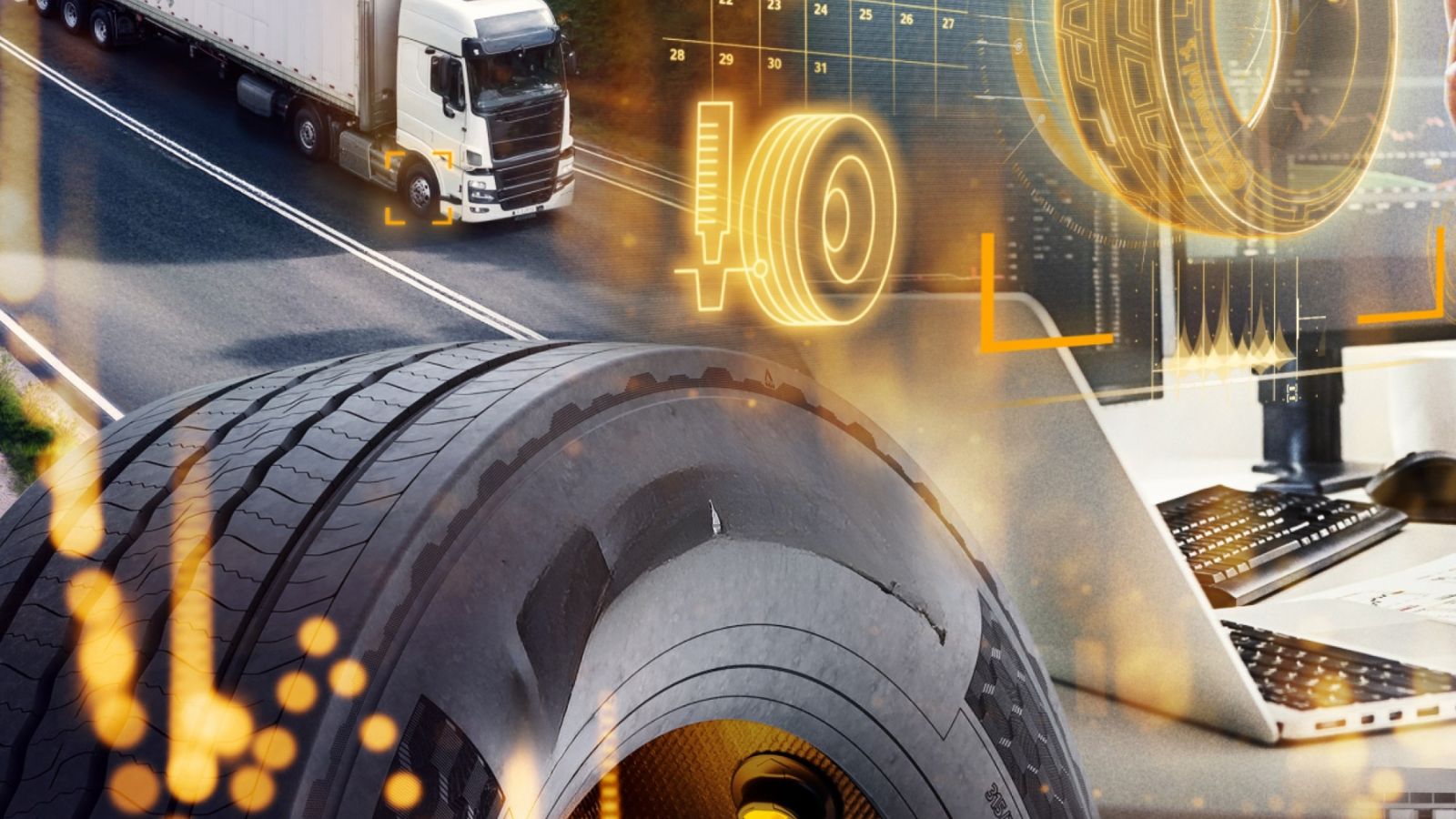
- Wheel Alignment
Misaligned wheels can cause tires to wear unevenly, reducing their lifespan and increasing the risk of accidents. Data collected from alignment checks and tire wear patterns can help fleet managers identify alignment issues early and address them before they cause significant damage. Regular alignment checks, combined with data-driven insights, can ensure that tires wear evenly and last longer.
- Tire and Wheel Assembly Maintenance
Maintaining the entire tire and wheel assembly, including the rims and lug nuts, is essential for ensuring optimal tire performance. Data on tire and wheel assembly maintenance can help fleets track the condition of these components and schedule repairs or replacements as needed. This prevents issues such as wheel wobbling, which can lead to uneven tire wear and increased costs.
The Benefits of a Data-Driven Approach
Implementing a data-driven tire management strategy offers several key benefits for fleets:
- Cost Savings
By using data to monitor tire performance, fleets can identify issues early, extend the life of their tires, and optimize replacement schedules. This reduces the need for frequent replacements and minimizes downtime, resulting in significant cost savings. Data can also help fleets identify the most cost-effective tire brands and models, further reducing expenses.

- Improved Safety
Tires are a critical safety component of any vehicle. By ensuring that tires are always in optimal condition, fleet managers can reduce the risk of blowouts, accidents, and vehicle breakdowns. Data from tire monitoring systems can provide real-time alerts about potential safety hazards, allowing fleets to address them before they become serious problems.
- Increased Fuel Efficiency
Properly maintained tires, especially those with the correct inflation levels, can improve a vehicle’s fuel efficiency. Data-driven tire management ensures that tires are always in the best possible condition, which in turn reduces rolling resistance and fuel consumption. Over time, this can lead to substantial savings on fuel costs.

- Reduced Downtime
Unplanned vehicle downtime can be costly for fleets, both in terms of lost productivity and repair expenses. Data-driven tire management helps fleets prevent tire-related breakdowns by identifying issues before they result in a breakdown. This proactive approach minimizes downtime and keeps vehicles on the road longer.
Tools for Data-Driven Tire Management
Several tools and technologies are available to help fleets implement data-driven tire management strategies. These include:
Fleet Maintenance Software: The software allows fleets to track tire maintenance schedules, monitor performance, and store historical data on tire wear and repairs.
Tire Monitoring Systems: These systems provide real-time data on tire pressure, temperature, and health, allowing fleets to address issues immediately.
Mobile Apps: Many mobile apps allow fleet managers and drivers to monitor tire performance, log maintenance activities, and receive alerts about potential problems.
Tire Monitoring Systems: These systems provide real-time data on tire pressure, temperature, and health, allowing fleets to address issues immediately.
Mobile Apps: Many mobile apps allow fleet managers and drivers to monitor tire performance, log maintenance activities, and receive alerts about potential problems.
-
Maximizing ROI with Data-Driven Tire Management
Investing in data-driven tire management tools and strategies may require an initial upfront investment, but the long-term benefits far outweigh the costs. By reducing tire wear, improving fuel efficiency, and minimizing downtime, fleets can achieve a significant return on investment (ROI). The key is to consistently collect, analyze, and act on the data to optimize tire performance and reduce costs.
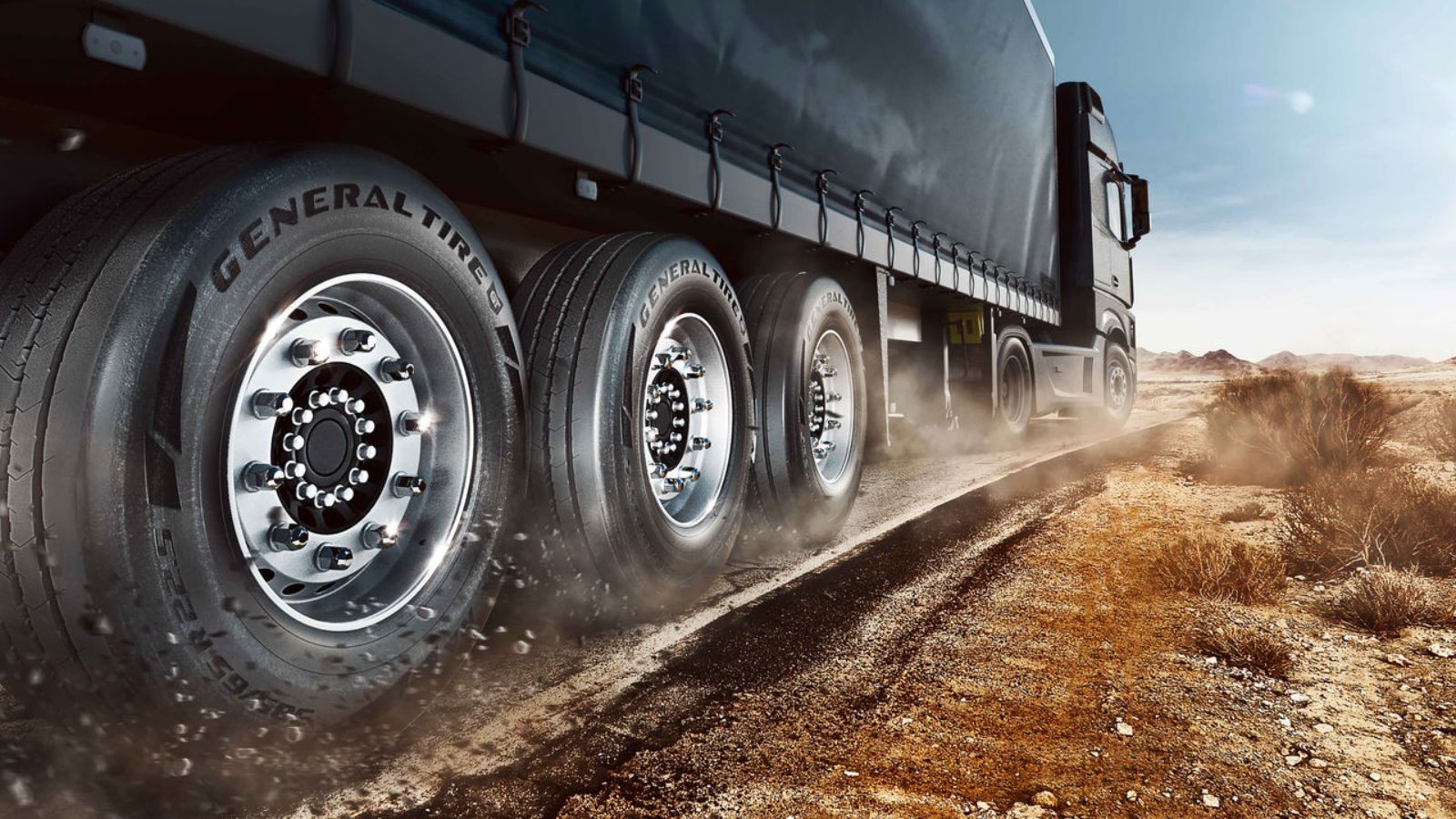
- In today’s data-driven world, fleet operators can no longer afford to rely on guesswork when it comes to tire management. By leveraging technology and data analytics, fleets can gain valuable insights into tire performance, optimize maintenance schedules, and reduce tire costs per mile. In doing so, they not only improve their bottom line but also enhance safety, fuel efficiency, and overall operational efficiency.
Future Trends in Tire Management: The Power of Emerging Technologies
As technology continues to advance, tire management is poised to undergo a significant transformation. Emerging technologies are offering new opportunities to further optimize tire performance, reduce costs, and improve safety. Here are some of the future trends in tire management:
Predictive Analytics
- Proactive Maintenance: By analyzing historical data and real-time sensor readings, predictive analytics can anticipate tire failures and schedule maintenance proactively, minimizing downtime and reducing costs.
- Optimized Replacement: Predictive models can determine the optimal replacement time for each tire based on its wear patterns, usage history, and environmental factors, maximizing its lifespan.
Autonomous Vehicles
- Tire Optimization: Autonomous vehicles will require advanced tire management systems to ensure optimal performance and safety in various driving conditions.
-
- Tire Health Monitoring: Real-time data from tire sensors can be used to adjust vehicle behavior and driving style to maximize tire life and reduce wear.
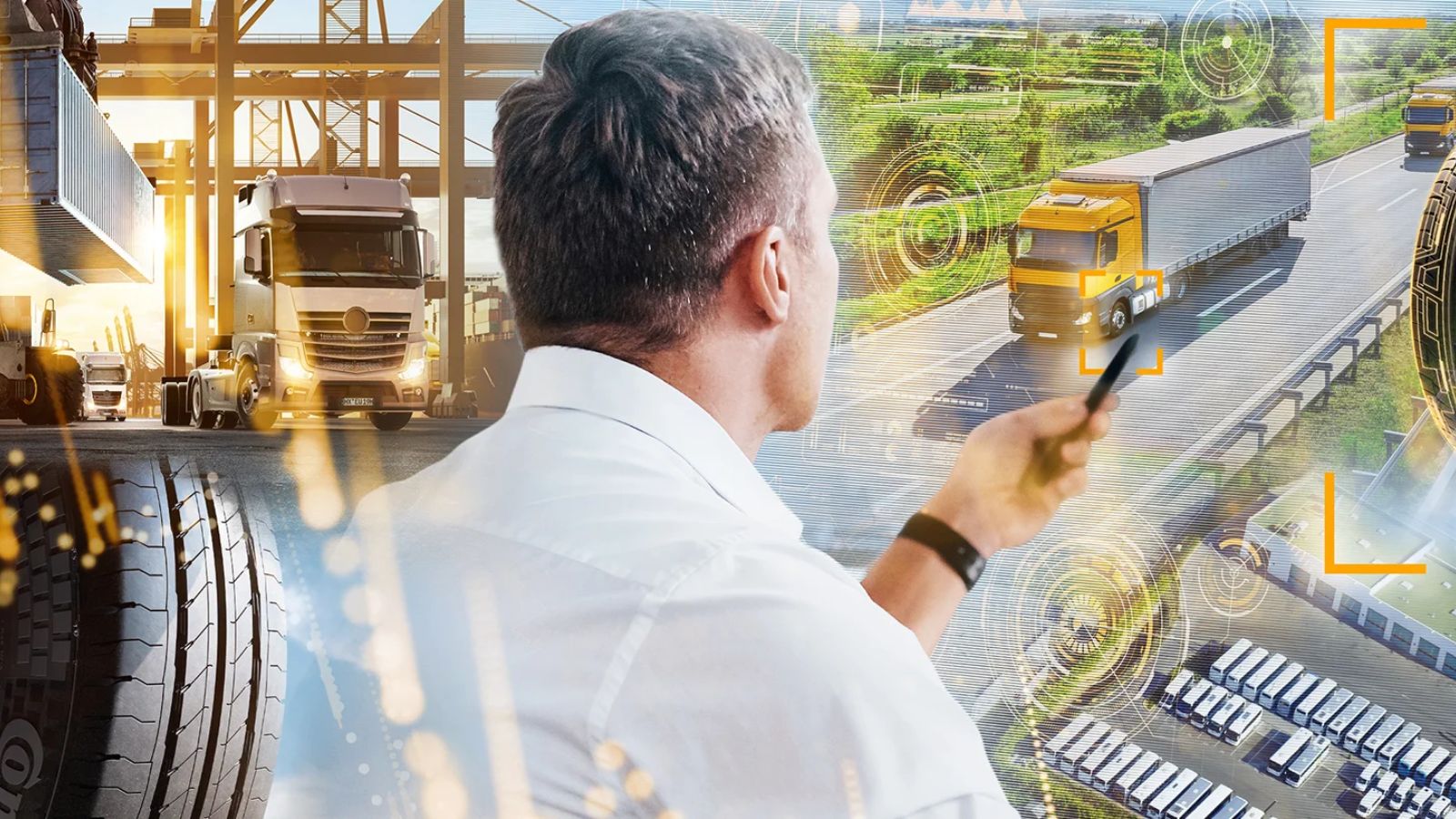
Sustainable Tire Materials
- Eco-Friendly Tires: Research and development efforts are focused on developing sustainable tire materials, such as recycled rubber and natural fibers, to reduce the environmental impact of tire manufacturing and disposal.
As these technologies continue to evolve, fleet managers can expect even more sophisticated and efficient tire management solutions. By embracing these innovations, fleets can stay ahead of the curve, reduce costs, improve safety, and contribute to a more sustainable future.






